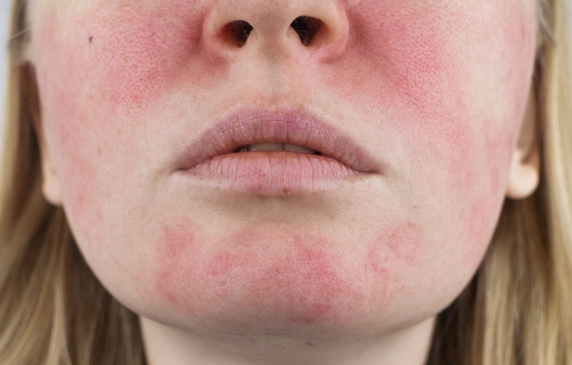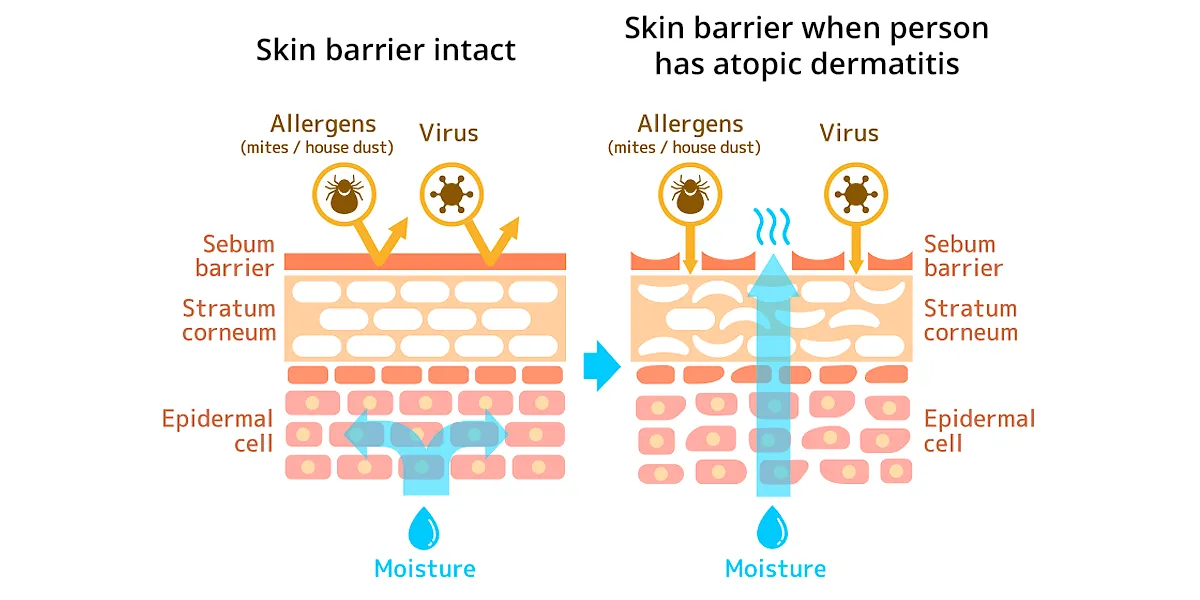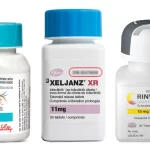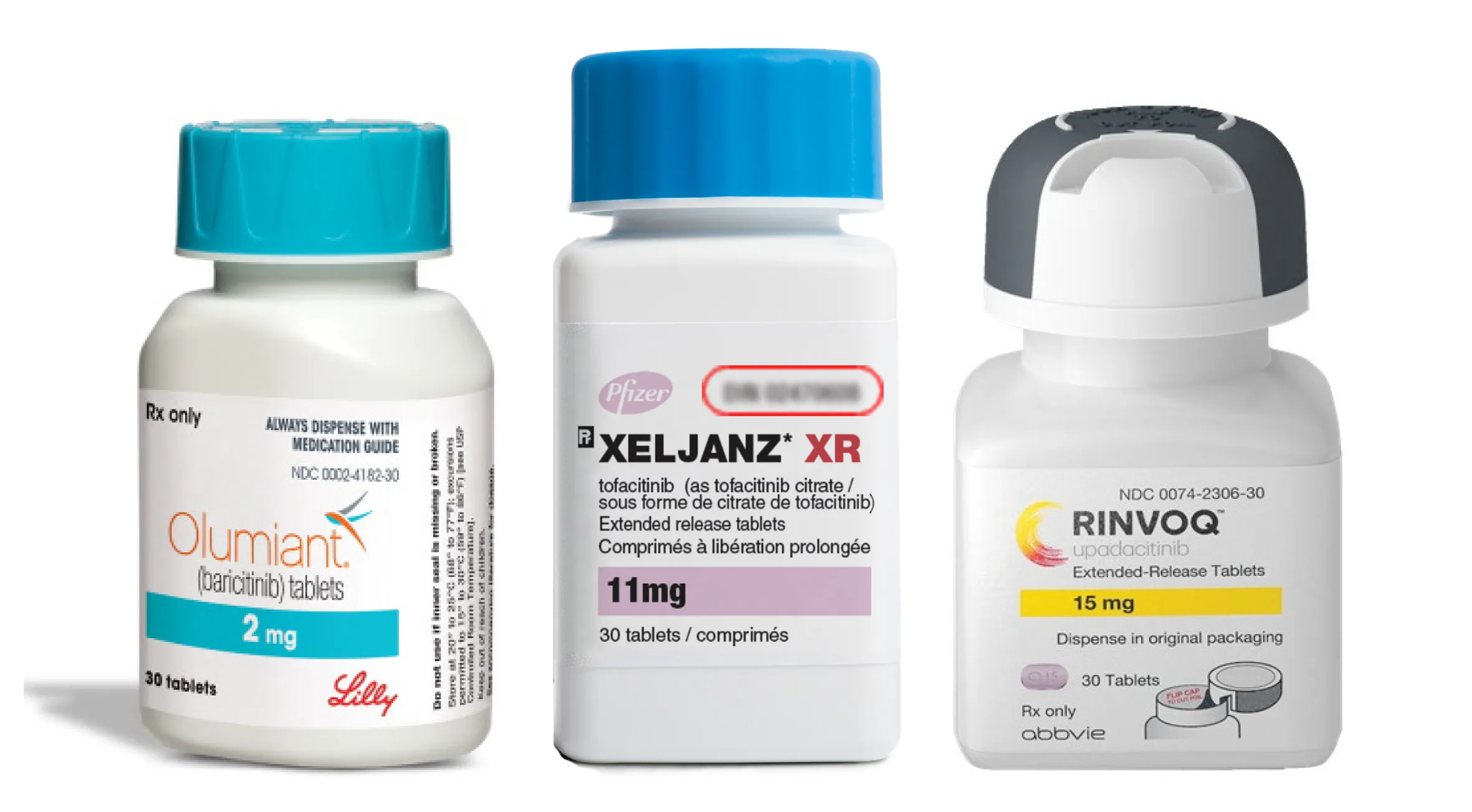You’re at a social gathering, enjoying a drink, when suddenly you feel your face growing warm and flushed. Known colloquially as the “Asian flush,” this red face phenomenon can be a cause for concern beyond mere social embarrassment. Although the name suggests it is unique to Asians, this condition can affect people from various ethnic backgrounds. It usually occurs due to an inefficient metabolism of alcohol, which leads to the accumulation of acetaldehyde, a toxic byproduct.
The buildup of acetaldehyde in the body is no small matter; it’s toxic and has been associated with an increased risk of certain types of cancer. This could mean that experiencing facial redness after drinking alcohol isn’t just uncomfortable—it could be a sign of a more significant health issue. Vasodilation and histamine release, triggered by alcohol consumption, can exacerbate the condition, making your face appear even redder. The role of genetics should also not be overlooked, as people with a genetic predisposition may be more susceptible to this condition.
Moreover, the persistent symptoms of facial redness could signal the presence of other chronic conditions, such as Rosacea. In some instances, the flushed face could even be an indication of underlying cardiovascular issues, including elevated blood pressure. That’s why it’s essential to consider these episodes not just as temporary inconveniences but as potential signals pointing to broader health concerns.
Temporary relief can often be achieved through over-the-counter antihistamines, but it’s crucial to consult a healthcare provider before self-treating. Prescription medications specifically designed to address facial flushing are also available but should only be used upon medical recommendation. Moreover, the provider can undertake necessary tests to rule out other underlying health issues that could be causing the flushing.
The Impact of Alcohol on Skin Health and Lifestyle Adjustments
Now, let’s delve deeper into the long-term implications of alcohol consumption on your skin. Alcohol acts as a diuretic, which means it dehydrates your body, leading to dry skin that’s prone to wrinkles and fine lines. This aging effect isn’t just theoretical; it has been backed by various scientific studies highlighting alcohol’s role in affecting skin health negatively.
Conditions like Rosacea can also worsen due to alcohol-induced vasodilation. When you drink, your blood vessels expand, increasing blood flow to the skin surface and potentially exacerbating pre-existing conditions. This can make an already bad situation worse for those with sensitive skin or chronic skin conditions.
Alcohol’s impact on vitamin A levels is another crucial concern. Vitamin A is a vital antioxidant necessary for cell renewal and turnover. Habitual drinking can deplete this essential nutrient, leading to a complexion that appears tired and aged over time.
The good news is that you can take actionable steps to mitigate these effects. The most effective approach is to limit alcohol consumption. When you do drink, choosing beverages with lower alcohol content can reduce symptoms. Eating food while drinking can slow down the rate of alcohol absorption, and opting for non-alcoholic drinks can offer a good social alternative without the accompanying flush.
If you find that symptoms persist despite taking precautions, it may be advisable to consult a healthcare provider for a more targeted treatment plan. Preventative measures, such as taking antihistamines before drinking, can help but should only be tried under professional guidance.
Facial redness from alcohol may seem like a minor inconvenience, but it should not be dismissed lightly. It can be indicative of underlying health issues that might require medical attention. A balanced approach that combines medical advice with lifestyle adjustments can go a long way in helping you enjoy social gatherings without worrying about the detrimental effects on your skin or overall health.








